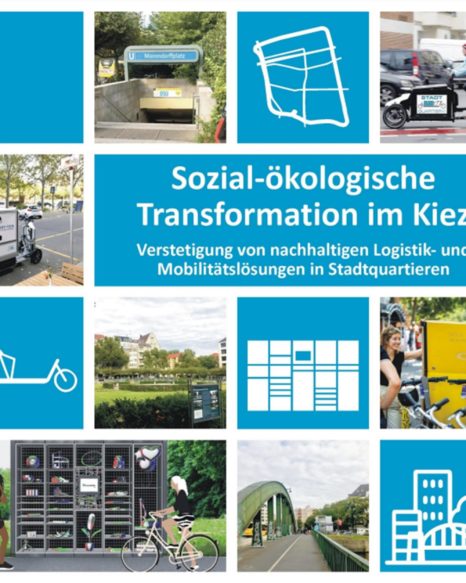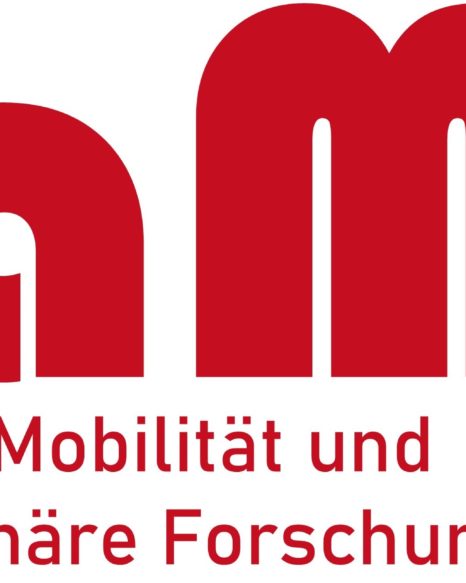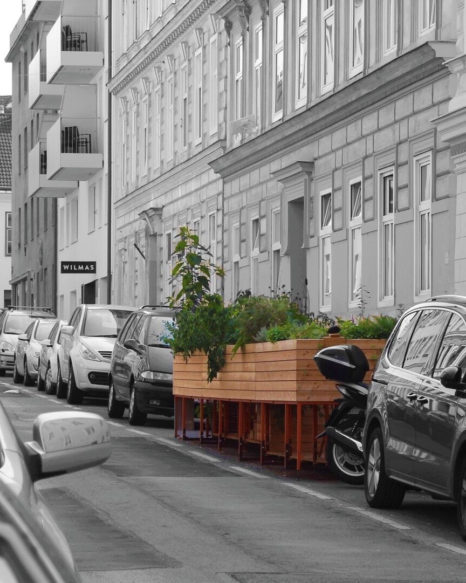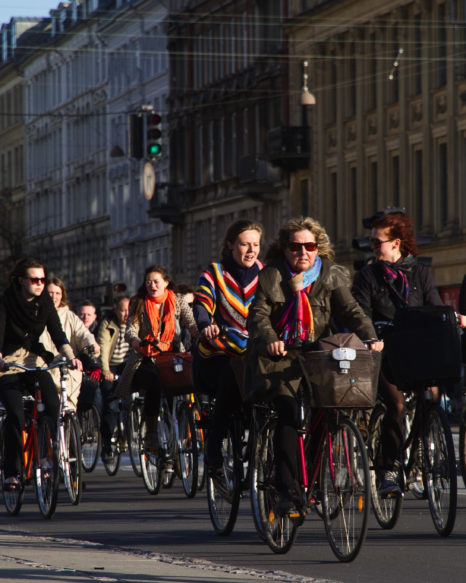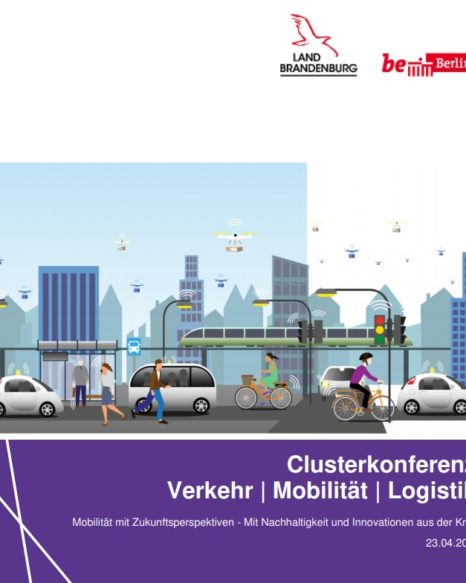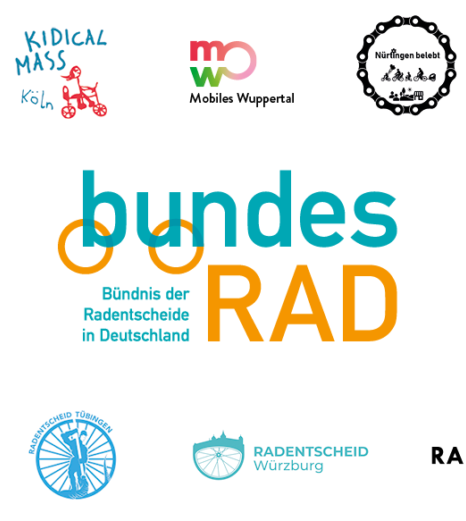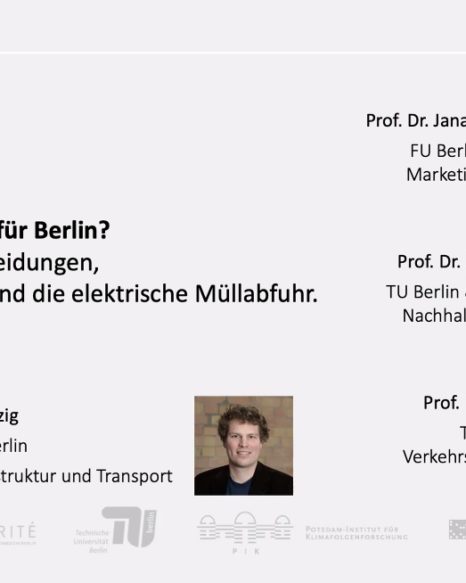Expert:innenworkshop des Forschungs- und Praxisprojektes StadtQuartier 4.1 Zahlreiche Forschungsvorhaben, Modellprojekte und Reallabore widmen sich neuen Lösungen für eine nachhaltige Mobilitäts- und Logistikwende. Dazu zählt auch das BMBF-geförderte Forschungs- und...
Forschungskolloquium des Fachgebiets Nachhaltige Mobilität und transdisziplinäre Forschungsmethoden (NaMo) Sommersemsester 2021
Termin: mittwochs (14-tägig), 14:30 bis 15:30 Uhr, Online-Veranstaltung
Due to the continuing population growth in large cities and the associated redensification of inner-city areas, there is an increasing lack of green and open spaces in many urban neighbourhoods and public space is becoming a scarce resource. Therefore, the question arises as to which areas in the city can be transformed into meeting places so that the social function of public spaces is strengthened.
Forschungskolloquium des Fachgebiets Nachhaltige Mobilität und transdisziplinäre Forschungsmethoden (NaMo) Sommersemsester 2021
Termin: mittwochs (14-tägig), 14:30 bis 15:30 Uhr, Online-Veranstaltung
Forschungskolloquium des Fachgebiets Nachhaltige Mobilität und transdisziplinäre Forschungsmethoden (NaMo) Sommersemsester 2021
Termin: mittwochs (14-tägig), 14:30 bis 15:30 Uhr, Online-Veranstaltung
Since 2019, women and mobility have increasingly been the topic of various media formats, events and politics. The core message of the debates is always: "Women move differently than men". But what does that mean exactly? How can the different mobility behaviour be explained and what does this mean for (planning the) transport transition?
Katharina Götting und Anke Kläver im Gespräch mit Yvonne Adamek des Hygge Podcast - Ideen für eine bessere Welt
Die COVID-19-Pandemie hat Wirtschaft und Wissenschaft vor ungeahnte Herausforderungen gestellt. Doch auch Klimawandel und Digitalisierung bleiben bestimmende Themen für Verkehr, Mobilität und Logistik. Wichtiger denn je ist es, dass...
Here are the slides for the presentation at KONRAD21 as a pdf-file and a detailed list of recommended readings on the topics of transformation, change, transport transition, pop-up bike lanes and their effects, and psychological resources for sustainability.
Online-Seminar und Diskussion am 7. April 2021 um 16:00 Uhr im Rahmen von SolveClimate2030 Schülerinnen und Studierende, zivilgesellschaftliche Organisationen und alle anderen Interessierten werden am 7. April 2021 an den...


